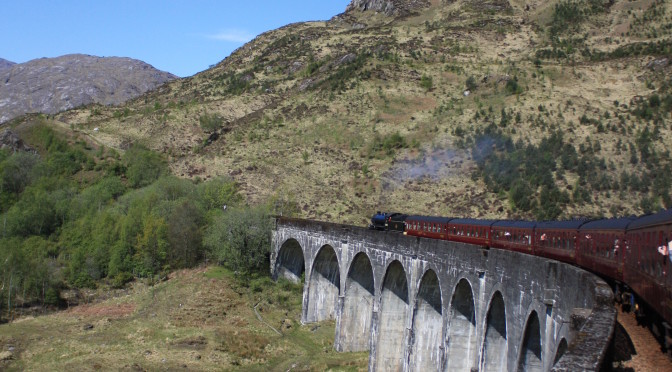About Life in the Desert Furnace
It took me no time at-all to settle into a new life across the pond. I’d been visiting the US regularly for 12 years so that made the transition easier. But every so often someone makes a comment that hammers home how different life is in Arizona compared with what I left behind in Scotland.
A few weeks ago, when the scorching desert summer was at its height, we decided to put ourselves through the ordeal of looking for a car. If you’ve ever been to the States you will know a vehicle is an absolute necessity. Be grateful for the public transport network that operates in Scotland.
So we showed up at a car dealership to be confronted by the obligatory snake oil salesman. This guy was particularly smarmy, the kind of character you just want to be out of your face within two minutes of meeting him.
But he did have a rather nice available car sitting outside so we took it for a test drive. He came with us and described the bells and whistles that came with the model and then proceeded to inform us that the car had heated seats.
“Well,” I said. “I don’t really think we’ll need heated seats in Arizona, do you?”
His reply was, “Ha ha, maybe not now, but in the winter when the temperature drops to 50 then you’ll be glad of them.”
Needless to say we didn’t get a car from him; we drove away from his showroom in the car we had borrowed from a relative. But at least he gave us a laugh.
In Scotland, when the temperature hits 50F, people drive with the windows down. And it rarely gets that “cold” in Phoenix. I’ve spent holidays here in November and December when it has been in the 80s.
As I write this – at the end of September – the temperature outside is 102 degrees. There is no cooling coastal breeze, Phoenix is in the middle of the Sonoran Desert and it really is intensely hot. During July and August, it routinely reached 115.
Of all the lifestyle adjustments I have had to face, the effect of the heat has been by far the biggest. Without air conditioning in every room, in shops, restaurants, offices and cars, life would be unbearable. And it is imperative to drink water to stay hydrated, especially if I’m planning to have a couple of beers in the evening.
I remember listening to radio weather broadcasts that said the day was going to be beautiful, sunny, with clear blue sky and a temperature of 112. The forecaster would end with the words, “It’s a perfect day to stay indoors.”
Just as people die from the cold in Scotland, they die in Phoenix as a result of the summer heat. Aid programmes are run every summer by local authorities and charitable groups like the Salvation Army to help the homeless with water and shelter.
Phoenix was built in a bowl-shaped valley – the Valley of the Sun – that traps the heat, making it a real-life melting pot. The thousands of buildings, roads, car parks etc have made the situation infinitely worse. The result is what scientists call the “urban heat island” effect where cities retain heat longer than their surroundings.
When the temperature hits 100 for the first time – usually in May – people here are genuinely sad at the prospect of months of unrelenting heat. Everything becomes too hot to touch, there are even animal cruelty regulations forbidding people from walking dogs at certain times of day.
Within a few weeks I’ll be cooling off in the 80s. It’s obvious I won’t miss the rain and snow of Scotland, I’ll just be happy it’s that bit more comfortable. And I definitely won’t need the heated car seats.

